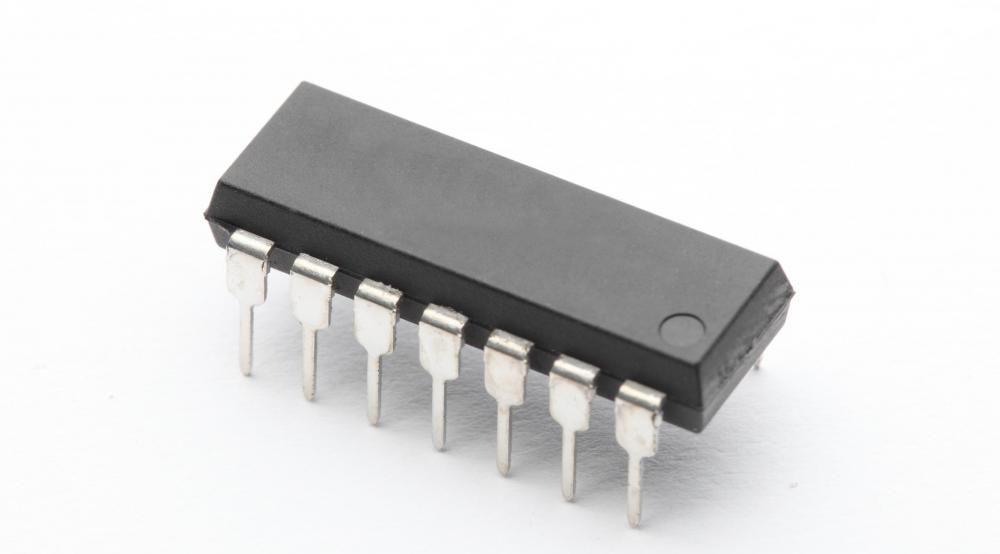At WiseGEEK, we're committed to delivering accurate, trustworthy information. Our expert-authored content is rigorously fact-checked and sourced from credible authorities. Discover how we uphold the highest standards in providing you with reliable knowledge.
What is an Excimer?
An excimer is a transient combination of two atoms, called an excited dimer, in which at least one atom exists in an electronically excited state. Under normal conditions, atoms contain two electrons per energy level surrounding their protons, with the electrons spinning in opposite directions. When the atom absorbs energy from light, one electron may move to a higher energy orbit, leaving an unpaired electron. The atom combines with another atom to form a dimer only under these excited circumstances, and when the dimer releases its energy and the electron returns to its ground state, the dimer dissociates, emitting a fluorescent light. An excimer typically may last only a few nanoseconds.
Excimer lasers are ultraviolet lasers used for eye surgery, micromachining, and the creation of computer chips. With pressure and electricity, the laser creates dimers by passing electrical current through mixtures of reactive gases, such as fluorine or chlorine, and inert gases, such as krypton or argon. The inert gas molecules temporarily bind to the reactive gases, forming excited compounds that release energy either spontaneously or by stimulation. As the molecules release their energy and dissociate, ultraviolet (UV) laser light is emitted.

Ultraviolet light disrupts molecular bonds in biological or organic tissue or materials. It has a low degree of penetration, and the impacted tissue disintegrates into the air rather than burning. For these reasons, excimer lasers are used to reshape or eliminate surface tissue on the ocular surface. Laser-assisted interstitial keratomilieusis (LASIK) is the application of excimer-derived UV light to the tissue underlying an outer flap of the cornea to adjust the curvature of the cornea. Flattening of the corneal shape treats nearsightedness, and steepening of the cornea treats farsightedness. Additionally, irregular areas of corneal contour that produce astigmatism can be eliminated.

In addition to eye surgery to treat focusing problems, excimer lasers have other health-related applications. Excimer lasers have been used in angioplasty operations to open up blockages in clogged arteries. Dermatologists have used xenon chloride excimers to disintegrate a variety of skin lesions, including vitiligo and psoriasis. Ophthalmologists are able to remove superficial corneal scars accurately using the excimer laser.

Deep ultraviolet light (DUV) lasers using krypton-fluorine or argon-fluorine dimers emit light with wavelengths from 193 to 248 nanometers (7.8 X10-6 to 9.8 X 10-6 inch). From an industrial standpoint, manufacturers of microchip devices use these deep excimer lasers for high-resolution photolithography. This has enabled the capture of data in as little space as ten nanometers, and allowed the production of smaller, denser computer chips than the chips produced with the old technology. Microchips have experienced gradual reduction in size from 0.5 micrometers (2 X 10 -5 inch) in 1990 to about 43 nanometers (1.7 X 10 -6 inch) in 2010. In addition, excimer lasers have allowed plastics and polymers to be cut with extraordinary precision.
AS FEATURED ON:
AS FEATURED ON:














Discuss this Article
Post your comments